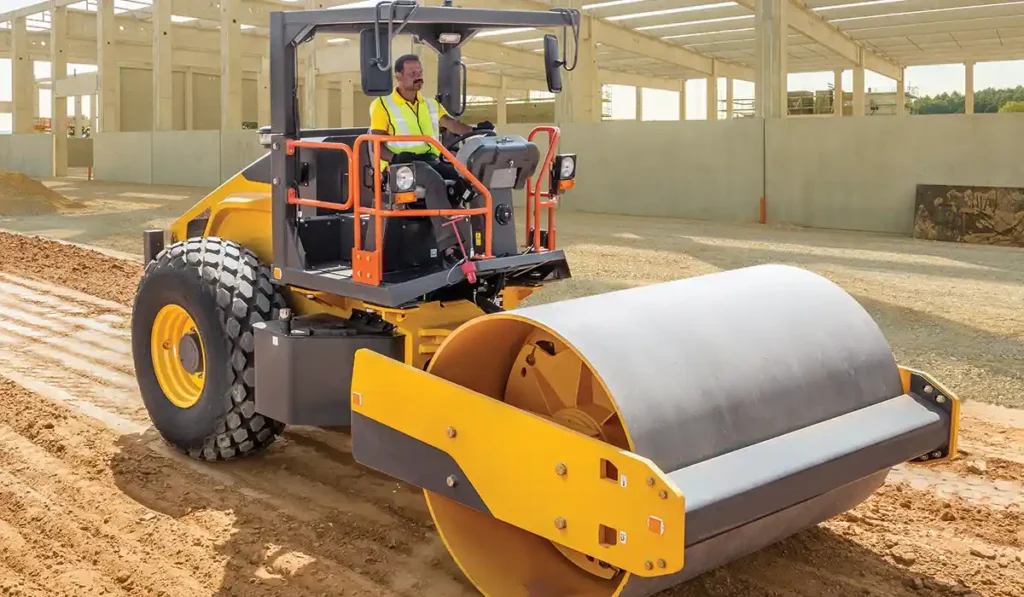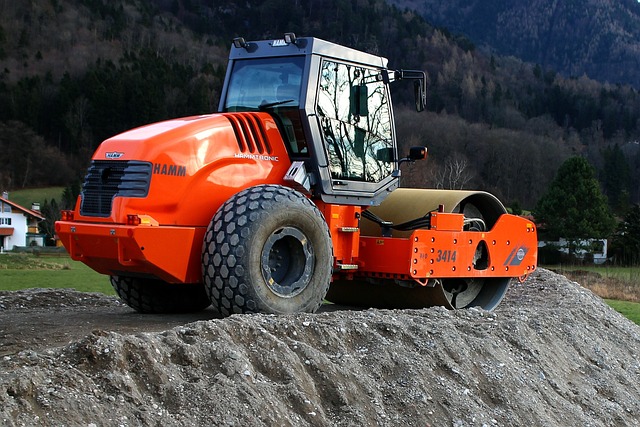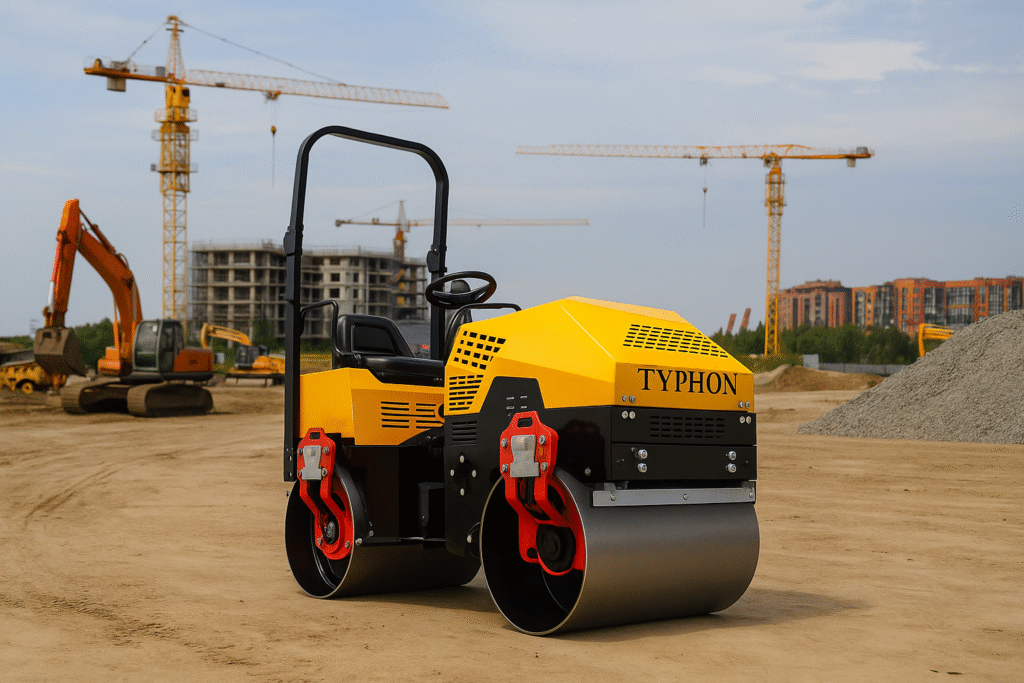Plate compactors, also known as vibratory plates or rammers, are heavy-duty construction machines used for compacting soil, asphalt, and other materials. They come in various types, each designed for specific applications and environments. In this guide, we’ll delve into the different types of plate compactors available on the market and discuss essential safety guidelines for operating them effectively.
Types of Plate Compactors
In both the market and our store, you’ll find a range of plate compactors and rammers tailored to different construction needs. Despite their outward similarity, these machines vary in weight, size, and functionality, making it essential to choose the right equipment for specific projects. Let’s explore the common types of plate compactors:
1. Single Direction Compactors (Rammers)
Single direction compactors, often referred to as rammers, are the lightest among plate compactors. Typically weighing between 30 to 100 kilograms, these compactors are ideal for compacting soil in narrow spaces such as trenches. They provide efficient compaction for smaller-scale projects.
2. Plate Compactors
Plate compactors come in two main types: single direction and reversible compactors. These compactors are heavier than rammers and feature larger compaction surfaces, making them suitable for broader construction works. They excel in compacting soil, asphalt, and other materials across larger areas.
3. Suspended Compactors
A specialized group of plate compactors, suspended compactors, are designed to attach to excavator booms and connect to the vehicle’s hydraulic system. These compactors offer enhanced maneuverability and are commonly used in larger-scale construction projects.
Learn More: What is a Compactor and How it is Used in Construction
General Safety Instructions for Operating Plate Compactors
Operating a plate compactor requires adherence to strict safety protocols to prevent accidents and ensure optimal performance. Here are some essential safety guidelines:
Read the Operating Manual:
Before using the compactor, thoroughly read the manufacturer’s operating manual. Familiarize yourself with safety instructions and maintenance procedures to ensure safe and efficient operation.
Use Appropriate Equipment:
Select the right compactor model for the intended application. Avoid operating the compactor on soils with high cohesion, frozen ground, or inadequate load-bearing properties to prevent damage to the machine and ensure safety.
Maintain Equipment:
Regularly inspect and maintain the compactor to ensure its proper functioning. Follow the manufacturer’s recommendations for servicing and upkeep to maximize equipment efficiency and longevity.
Operator Requirements:
Operators should be adults with a comprehensive understanding of the compactor’s operation and safety considerations. Proper training and authorization are necessary, especially for professional applications, to minimize risks and ensure safe operation.
Wear Safety Gear:
Operators should wear appropriate personal protective equipment, including work shoes, gloves, hard hats, and earmuffs, to safeguard against potential hazards during operation.
Handling and Transport:
Follow manufacturer recommendations for transporting the compactor safely. Avoid damaging the machine during transport by securing it properly and following correct positioning guidelines.
Learn More: Roller Compactor Market Analysis 2024-2031
Conclusion
Operating plate compactors requires careful attention to safety procedures and equipment specifications. By understanding the different types of plate compactors available and following essential safety guidelines, operators can ensure efficient and safe operation, minimizing risks and maximizing productivity on construction sites.





